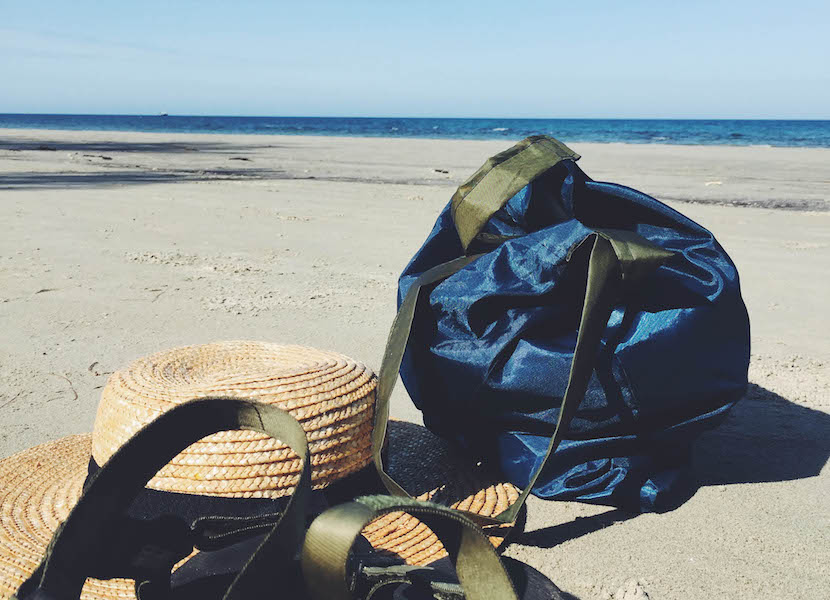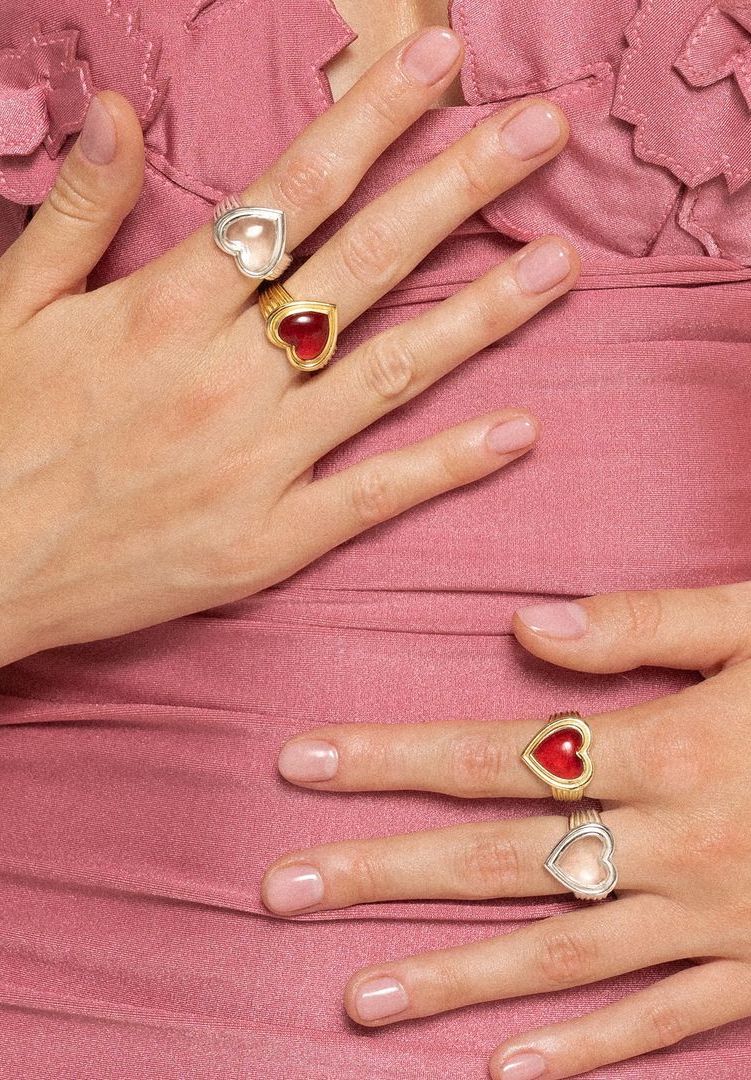Tote bags made from discarded festival tents is the definition of a circular economy
Words by Matthew O’Leary
You got a door? You got a gym.
The best parts about festivals is being with your friends and seeing live music. The worst part is the waste left behind once all the hungover brains roll out of the campsite. The carnage of a lost weekend looks like hundreds of abandoned tents flapping in the wind and rubbish floating around a paddock previously populated with thousands of people twelve hours earlier. The post-party wasteland almost makes the fun not worth it.
But that’s why volunteers get free tickets, right? So they can clean up after everyone else has left? Not always.
The reality is that the majority of festival waste ends in landfill, where the polyester used to make tents will stay for at least the next 600 years. Green Music Australia research shows about fifty per cent of all festival litter is left at the campsite. Half of the festival-goers surveyed felt packing up a tent would slow them down and around 20 per cent admitted leaving tents behind.
Textile designer Rachel Kelly is one person who saw the laziness left in the wake of multi-day music events and decided there was an opportunity. Partnering with Pitch Music Festival last year, she hung around after the crowd disappeared and started to stuff her hatchback with as many abandoned tents as would fit. She hardly made a dent in the number that were left and watched as garbage trucks collected the rest.
“I had an idea there would be a few discarded tents, but I was absolutely shocked by the amount of totally functioning tents that were left behind,” she says. “It was a never-ending landscape of tents.”
Back at home in Fitzroy, Rachel sorted, washed and prepared the tents to be used as fabrics, recording the date and festival where they were found. Working with a few fashion friends she designed patterns for three tote bags and started to put the recycled material to use.
“Working with festival textile waste is time-consuming as sourcing the fabric is complex and there are many steps involved before it’s ready to be sewn,” she explains. “We set a realistic goal this year to create 50 bags from waste by 2020.”
Over winter, Rachel and a small team of designers cut, sewed and constructed a line of 50 bags from the discarded tent fabric, splicing colours and swatches to make each piece unique.
The result is her sustainable concept label, E tū, which launched in November at Australia’s largest sustainable fashion show, Undress Runway. An exhibition featuring video, photography and prototype samples accompanied the launch and deciphered the step-by-step process Rachel went through to create the collection. It also illuminated E tū’s raison d’être: to be a space to explore sustainable textile innovation and create environmentally-friendly solutions.
‘E Tū’ is Maori for ‘stand up.’ The aim is to stand up for the environment by raising awareness of the harmful impact festival waste and textiles in landfill has, Rachel explains. With the 50 bags ready, the Undress Runway exhibition shows the positive opportunities textile waste can have before the collection is dropped for sale online in December.
“E tū is the hybrid of design, activism and art,” explains Rachel, who previously worked as a textile designer for Country Road and Marks and Spencer. “[We are] creating a circular economy out of this waste and keeping it alive by repurposing it into bags. It [keeps] the material out of landfills.”
Rachel wants to explore other ways tent fabrics can be applied to fashion, namely a line of raincoats for both adults and children. But this is all still in the future.
For the moment, she’s focusing on encouraging people to take a second look at what they abandon. It might just be your next accessory.
E tū products will be available from early 2020.











